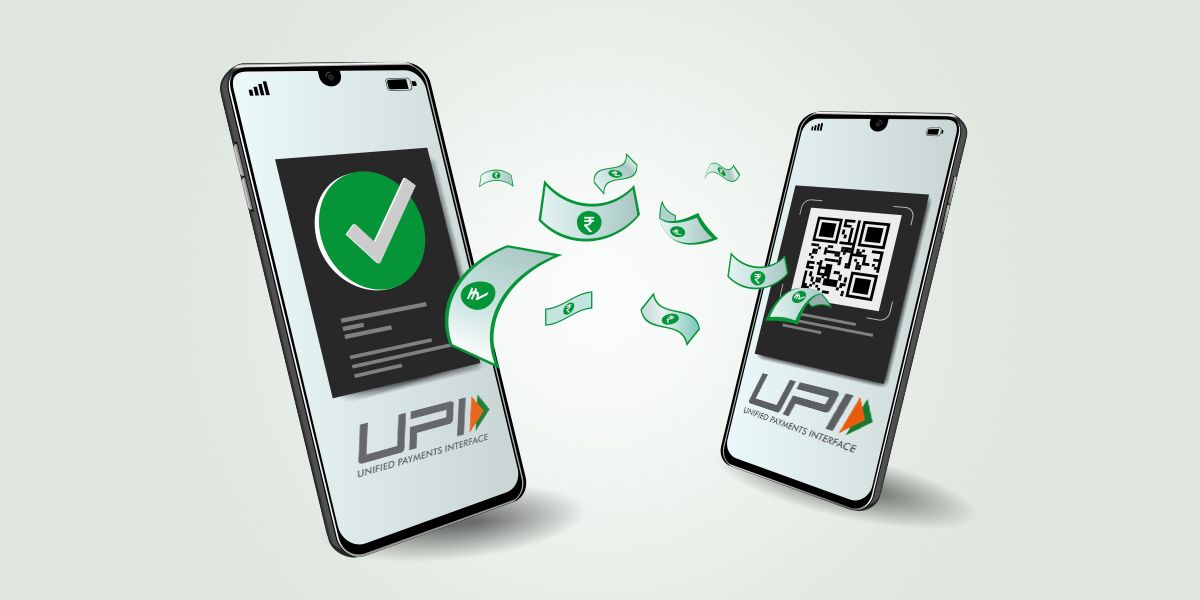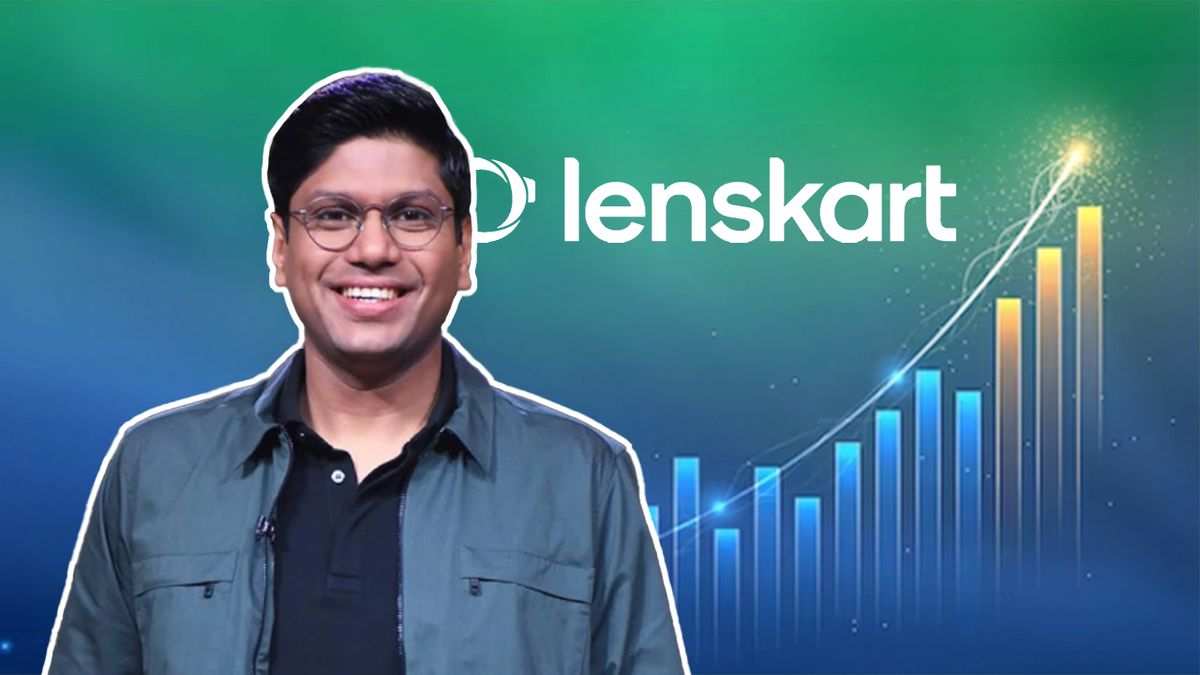“`html
Highlights
Monetization of UPI Transactions: A New Opportunity for Banks
Monetization of Unified Payments Interface (UPI) transactions may soon become a reality for banks as the Finance Ministry (FM) and the Reserve Bank of India (RBI) are considering allowing the collection of Merchant Discount Rate (MDR) from large merchants. Sources familiar with the discussions indicate that this initiative is aimed at businesses processing substantial volumes of UPI payments.
It has been suggested that large merchants including Amazon, Dream11, Swiggy, Zomato, and Zepto could soon begin to pay MDR to banks. According to an anonymous source, the FM and RBI are expected to determine specific thresholds surrounding daily transaction volume or value for the applicability of MDR on high-transaction UPI merchants.
Understanding MDR on UPI Transactions
MDR on UPI represents the fees that banks impose on merchants for processing UPI-based payment transactions. The newly proposed MDR framework stipulates that large merchants will not be allowed to transfer the MDR costs to consumers; instead, they must absorb it as part of their operational expenses.
Ongoing Discussions Regarding MDR
Discussions regarding the implementation of MDR on UPI transactions have reportedly been taking place since the last quarter of FY25. This potential move is a response to mounting concerns from banks and payment aggregators about the sustainability of UPI infrastructure, which currently lacks a revenue model and adequate subsidies.
Senior banking executives from leading private banks express that UPI is becoming increasingly costly to maintain. The continuous expenses tied to server upgrades, technology investments, and compliance make the absence of MDR from large merchants a challenge to UPI’s ongoing growth.
Context of MDR Implementation
Last year, the Payments Council of India (PCI) advocated for large merchants, who already incur a 2% MDR on card payments, to also pay an additional 25 basis points (bps) for UPI transactions. The PCI argued that subsidies are unnecessary due to UPI’s widespread adoption and low-cost structure. In a letter to Prime Minister Modi in March, the PCI highlighted that the government’s Rs 1,500 crore subsidy only covers a minimal portion of the estimated Rs 10,000 crore required each year to uphold UPI. They contended that ongoing investments in innovation, cybersecurity, and compliance justifies the introduction of a 25 bps MDR for large merchants.
Currently, the government offers a 15 bps subsidy on UPI transactions valued below Rs 2,000. For context, one basis point equals one-hundredth of a percentage point. Prior to this, banks charged 30 bps on UPI transactions, which were waived off entirely by the FM in 2020.
Looking Ahead: Potential Policy Changes
According to sources, the government is likely to permit banks to charge MDR on large merchants in the near future, although no specific timeline has been established. Inquiries directed to the RBI and FM went unanswered. Any feedback from these organizations will be shared upon receipt. Presently, the policy remains in the deliberation phase and no definitive resolution has been reached by either the FM or the RBI. It is important to note that policy decisions could evolve prior to formal announcement.
Despite the rising UPI transaction volumes, the existing revenue model does not support sustainability, creating pressure on banks, Payment Aggregators, and Payment System Providers (PSPs). The introduction of MDR could serve as essential backing for banks and promote a revenue-sharing framework that benefits PAs, PGs, and PSPs.
“`







